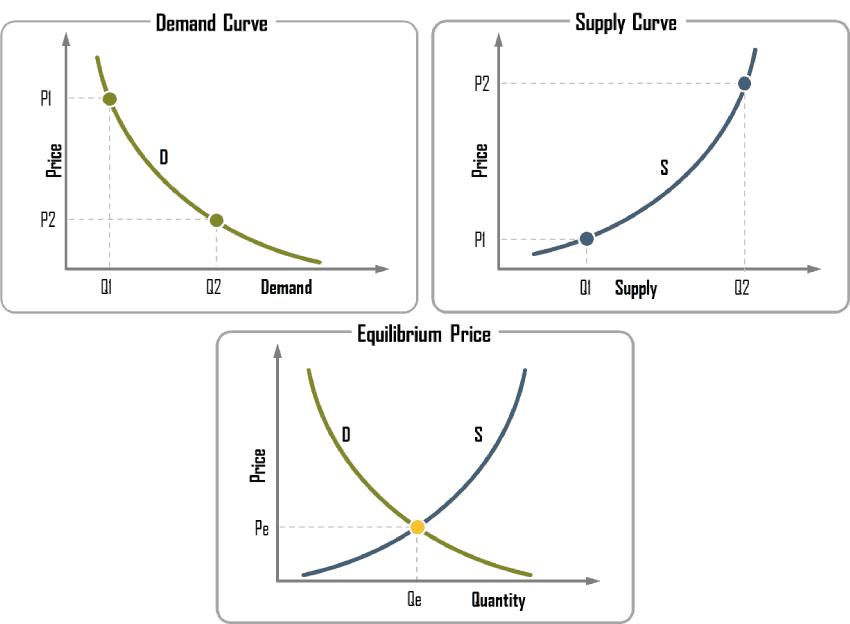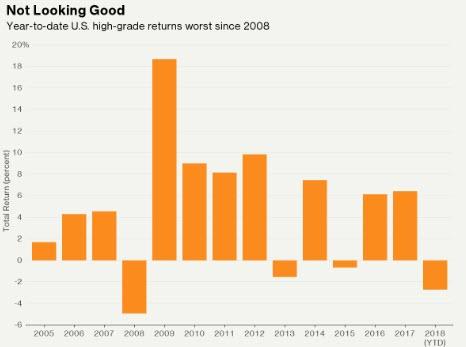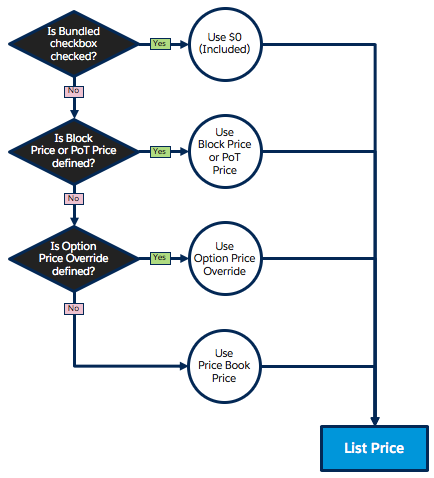Contents:


ERP software that’s tailored to meet the needs of an individual business pays major dividends, making these systems a critical tool for companies across industries and of all sizes. Many of the world’s best-known and most successful firms have leaned on ERP for the last quarter century. Now, this software can be configured and priced to meet the needs of all-size businesses. Re-engineering business processes to fit the ERP system may damage competitiveness or divert focus from other critical activities. Developers now make more effort to integrate mobile devices with the ERP system. ERP vendors are extending ERP to these devices, along with other business applications, so that businesses don’t have to rely on third-party applications.

Since ERP systems are comprehensive across an enterprise, their management often involves a partnership with the CFO as well as the CIO, COO, and other key executive leaders. An organization can start with the basic, core functionality and add more as needed—without adding more hardware. Not to mention, a cloud ERP solution allows users across the globe to access business information by simply connecting to the internet. No local servers are necessary, so as a company grows by merger or acquisition, new units can be brought online quickly. Cloud vendors typically own data centers around the world and will keep each customer’s data in multiple locations, providing better and more reliable service than most businesses could manage themselves. Cloud software vendors typically strive for 99.999% availability—which translates into customers seeing less than eight minutes of unplanned downtime each year.
ERP Modules: List of Basic ERP Modules and their Functions
FinancialForce accelerates business growth with customer-centric ERP, Professional Services Automation , and Customer Success solutions. Run on the leading cloud platform, Salesforce, FinancialForce enables organizations to unlock customer insights, deliver innovative experiences, run a connected services business, and achieve agility and resilience. But today’s businesses also need a way to unify sellers with other key business functions, including professional services teams and traditionally back-office roles, such as accounting and finance. Thanks to new technologies, solutions have been created in the cloud that have allowed lower costs, any company can enjoy an ERP software or management software for SMEs to improve their productivity.
These systems tend to have the highest level of initial integration cost, and can have a higher long term maintenance and reliability costs. Long term costs can be minimized through careful system testing and thorough documentation. Custom–integrated solutions typically run on workstation or server-class computers.
It tracks all communications with clients, assists with lead management and can enhance customer service and boost sales. A finance module, the foundation of just about every ERP system, manages the general ledger and all financial data. It tracks every transaction, including accounts payable and accounts receivable , and handles reconciliations and financial reporting.
ERP Definition
Conversely, an in-house ERP may allow you to store sensitive data closer to home, but doing so could require additional staff for system maintenance. You want to make sure you’re getting the most from your investment. On-premise software can be purchased through a perpetual license and can be hosted internally or externally. The vendor you select will be responsible for upgrades and customizations and must remain in business for years for you to reap the full benefit of an ERP system. Ultimately, however, both systems are essential for most companies. This article will help identify the key characteristics of both CRM and ERP, how they differ and whether a business needs ERP, CRM or both.

When a company uses business systems from multiple vendors, integrations are generally possible to make data automatically flow into the ERP. This real-time data can then be used throughout the ERP instance to benefit any process or workflow. A unified platform, on the other hand, offers native integrations between modules and a common user interface as users move between them. Information easily flows between modules to give decision-makers a comprehensive view of the company. Most business professionals have heard the term “ERP,” but they may not know exactly what enterprise resource planning systems can do for their teams. We’ll explain exactly what ERP is, how it works, what it can do for your business, how to choose the right solution and much more.
Benefits
https://1investing.in/ keeps track of a wealth of information, including payroll, raw materials, business commitments, purchase orders, and capacity for production. Two-tier ERP is an approach that has gained traction among larger companies with subsidiaries, distinct business units or regional offices. Instead of forcing these business units or offices to use the legacy ERP, they run on a less-resource-intensive ERP — often a SaaS solution — that’s integrated with the Tier 1 system. Finally, more companies are recognizing the value of IoT devices, like sensors, scanners and cameras, that can feed information back to the ERP.
A single database should contain all the information you need to run your business. In addition, the system should offer a single-user interface for viewing inventory levels or processing sales transactions. Software-as-a-servicemodels allow small and medium-scale businesses to use software systems without substantial initial investments. This model does not demand higher installation costs or IT people. Integrated ERP includes several different components based upon specific features adapted to the various aspects of the organization, including front-office tasks. This quick overview shows the most common modules.Accounting and Finance.
Solutions
Other methods for ERP integration include ESB and iPaaS (integration platform-as-a-service). IPaaS, which offers a cloud-based approach, is a very popular option for modern businesses.iPaaS platformscan rapidly sync on-premise or cloud-based ERP with SaaS applications from the same vendor or third-parties. With access to these new technologies, organizations can quickly improve their business best practices as the ERP software evolves. They can automate processes that used to require heavy manual intervention, such as reconciling financial accounts. In addition, users gain a comprehensive, real-time understanding of enterprise business activities not only in the front office, but also in warehouses, on factory floors, and everywhere else across the enterprise.
Cloud computing’s internet connectivity made it easier for companies to connect their ERP systems to customers, suppliers and partners. It also made web browsers the standard UI for most new ERP systems. The core ERP system is where orders are usually initiated and tracked, inventory is managed and accounting functions, such as invoicing and accounts receivable, are performed.
How to Select an ERP System
Cross-company visibility makes it easier to spot inefficiencies that drive up costs and leads to better deployment of all resources, from labor to inventory to equipment. And with cloud ERP, companies may quickly see incremental value from the software, over and above what they’re spending. An inventory management module shows current inventory levels down to the SKU level and updates those numbers in real time. Any products-based company needs this module to optimize stock on-hand based on current and forecasted demand. ERP systems have become table stakes for businesses looking to use resources wisely.
With cloud and hybrid options, new factors must be evaluated. For example, software maintenance, facility, computer capacity, downtime, recovery, security, privacy, and IT staff costs are all important considerations. As mentioned, cloud options significantly reduce both capital and operating costs – improving both ROI and TCO. Yet today’s ERP systems are anything but basic and have little resemblance to the ERP of decades ago. They are now delivered via the cloud and use the latest technologies – such as artificial intelligence and machine learning – to provide intelligent automation, greater efficiency, and instant insight across the business.
What is SAP ERP Central Component (SAP ECC)? – TechTarget
What is SAP ERP Central Component (SAP ECC)?.
Posted: Mon, 21 Mar 2022 21:18:28 GMT [source]
Augmenting and integrating legacy budgeting report with cloud applications can complement, enhance, and supplement important tasks. This approach can breathe new life into legacy ERP systems, giving businesses a great opportunity to start adopting cloud capabilities. ERP also ensures that these data fields and attributes roll up to the correct account in the company’s general ledger so that all costs are properly tracked and represented. Depending on the base software, you can either pick-and-choose from premade modules or configure your own with the help of the ERP vendor for an additional cost. Either way, your new ERP can come with the exact functionality you need.
- When information can’t flow between systems, reporting takes longer, errors happen often, and decision-making is hampered.
- An ERP system is a business process management software that integrates daily business activities.
- Routing– The sequence of manufacturing steps an item goes though during production.
- It can be expensive and requires careful selection to ensure that it will meet your business needs now and in the future.
- Remote business units frequently view the standardization imposed by an ERP as an effort by headquarters to increase control over the field.
However, the business management software and applications used in the manufacturing sector have evolved in recent decades as industry demand varies. Oracle NetSuite is ranked the world’s number one cloud ERP solution. It offers a suite of cloud-based ERP applications, from financials to HR, inventory management, and omnichannel ecommerce functionality, and is used by more than 24,000 companies around the world. With over 250 ERP vendors on the market, how can you know the best fit for your organization? We narrowed down a list of the four best enterprise resource planning systems to give you a head start.




